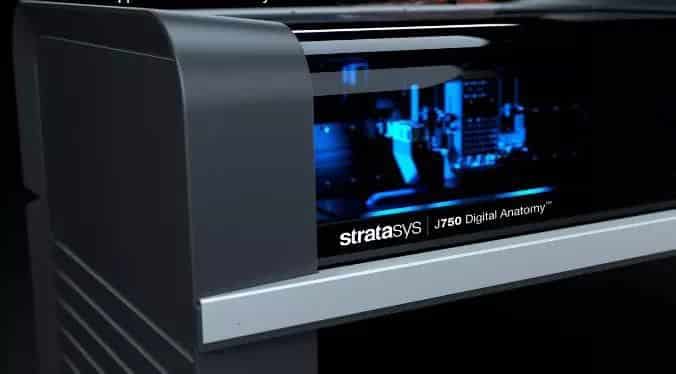In recent years, the application of 3D printing technology has gradually developed from the initial scientific research to industrial fields like automotive, aerospace, and especially, the medical and educational fields.
Imagine a scene where an experienced surgeon is carefully cutting the nose of the body, and then pointing out the important blood vessels affected by the disease, and gradually explaining the surgical steps, while a group of medical students around him hold their breath and concentrate on learning.
For each medical student, before entering the real medical environment to perform surgery on living patients, they all hope that they can practice enough on the corpse. However, the price of cadavers is usually so high that pathological examination is not possible, medical students are usually unable to practice operation. Even after they actually entered the clinic, the situation did not improve.
A few years ago, Mark Roe, the founder and CEO of Fusetec, gradually developed a strong interest in 3D printing technology and hoped to find a solution to surgeon training. At this time, he found that many American hospitals and medical schools began to use Stratasys’ 3D printing technology.
Mark said: “3D printed models can fundamentally change the way medical students learn, so we have developed a variety of products to help them solve problems encountered in the learning process.”
Generally speaking, there are several important problems for medical students when they practice on corpses:
- The corpse itself is expensive, and transportation and post-disposal costs are also high.
- The number of usable corpses is very small, especially in developing countries. It is difficult for medical schools to find sufficient corpses that are available.
- Medical students are unable to obtain enough hands-on training to perform the pathological examination of the body.
In fact, each patient has unique pathological characteristics, and for surgeons who need to make a surgical preoperative plan, the information they own only include MRI / CAT data from the computer screen.
However, with the help of Stratasys’ DAP (J750 ™ Digital Anatomy ™ 3D Printer), Fusetec is working hard to make various medical models to solve these problems. The accuracy of DAP can reach 0.014mm, and the available raw materials (including the newly released TissueMatrix, BoneMatrix and GelMatrix) have a Shore hardness range of 0 to 100.
Therefore, the medical model created by this printer can replicate the real anatomical structure of the human body pixel by pixel, and simulate its overall feeling, resilience, and biomechanics.
Mark said: “Printing the human anatomy is not an easy task, but as long as the first person’s model is completed, then others will be easy to handle.”
First, the technology requires obtaining the patient’s MRI or CT Scan results. Then, use software to layer them. Next, the engineer needs to import the data into the CAT program to fix all potential problems, and then use the GrabCad program of Stratasys to select the appropriate texture, material, and color.
“Stratasys’s investment in research and development has left a deep impression on me. Without Stratasys’ technical support, I would definitely not be able to take this step today,” Mark said.
At present, Fusetec can already provide brain nerve models and frontal sinus models, but Mark decided to continue to expand the product range and develop more products, such as skull models.





